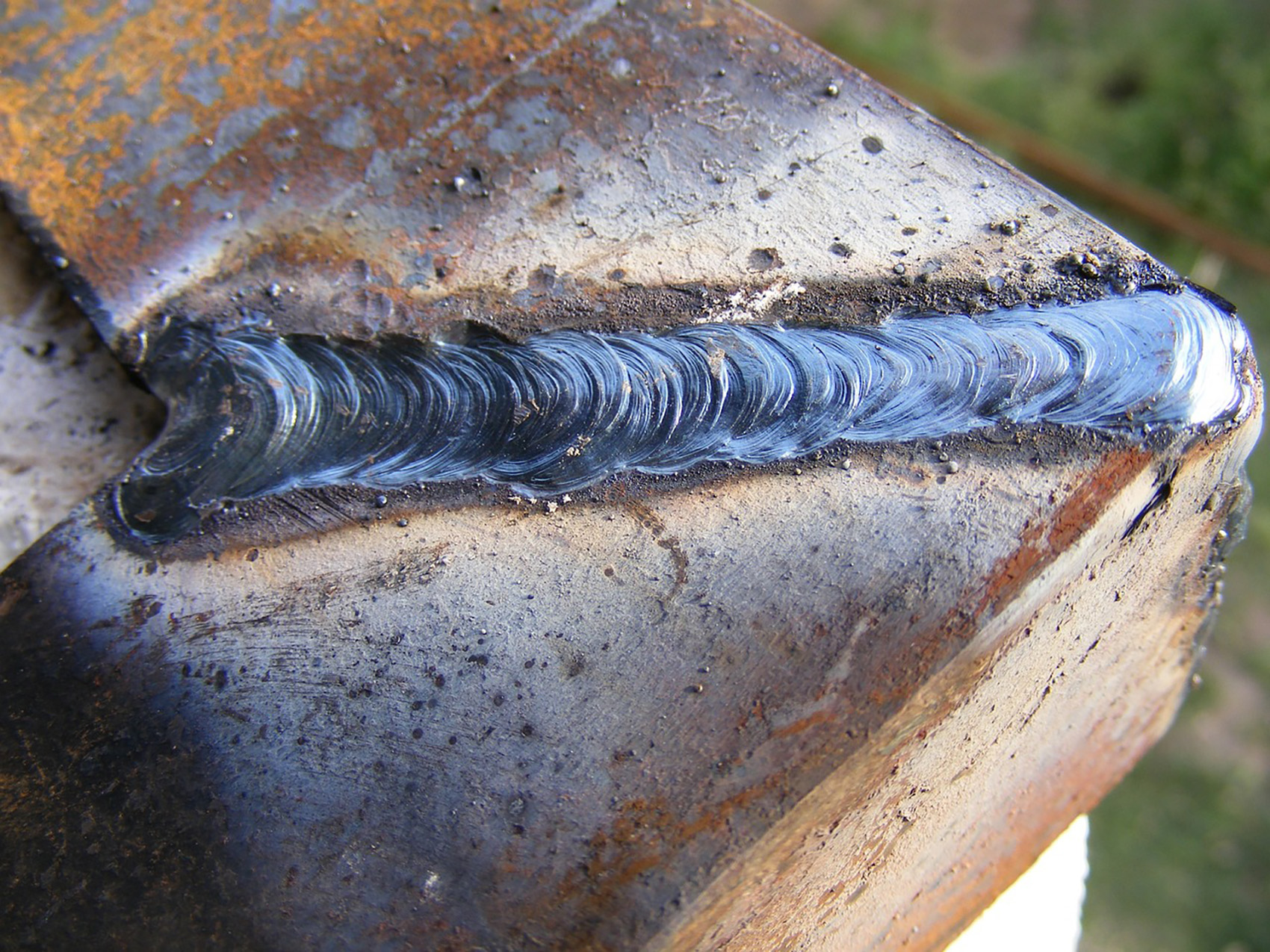Understanding the Art of Welding: How to Avoid Undercut Welding Issues for Flawless Construction Outcomes
Performance and accuracy are paramount in the world of welding, where even the smallest flaw can jeopardize the architectural stability of a produced item. One usual obstacle that welders face is undercutting, an issue that can weaken a weld joint and lead to pricey rework. By understanding the source of undercut welding and implementing efficient methods to avoid it, welders can raise their craft to new levels of quality (Preventing weld undercut). In the search of remarkable manufacture outcomes, grasping the art of welding to prevent undercut problems is not just an ability yet a requirement for those aiming for perfection in their work.
Understanding Undercut Welding

To prevent undercut welding, welders ought to make sure correct welding criteria, such as readjusting the current, voltage, traveling rate, and maintaining the correct electrode angle. By recognizing the causes of undercut welding and carrying out preventative measures, welders can accomplish high-grade, structurally audio welds.
Reasons For Undercut in Welding
Recognizing the variables that add to damage in welding is crucial for welders to generate high-quality, structurally audio welds. When the weld steel does not effectively fill up the groove developed between the base steel and the formerly deposited weld steel, damaging happens. Several factors can bring about damage in welding. One typical cause is extreme warm input. Welding at high temperatures for extensive durations can result in the base steel melting even more than wanted, bring about undercut. Inadequate welding wrong or present welding speed can additionally contribute to damage. Inadequate current may not supply sufficient warmth to melt the base and filler steels appropriately, while extreme speed can stop proper blend, causing undercut. In addition, incorrect electrode angles or wrong torch adjustment techniques can produce areas of low weld steel deposition, promoting undercut. Comprehending these reasons and carrying out correct welding methods can help protect against undercutting concerns, making sure solid and sturdy welds.
Techniques to stop Undercutting

To alleviate the danger of undercutting in welding, welders can use critical welding methods aimed at enhancing the high quality and integrity of the weld joints. Furthermore, making use of the right welding technique for the certain joint setup, such as weave or stringer grains, can contribute to decreasing damaging.
Moreover, proper joint preparation, including making certain tidy base materials devoid of pollutants and using the ideal welding consumables, is vital in avoiding undercut issues. Utilizing back-step welding techniques and managing the weld bead profile can additionally help disperse heat uniformly and minimize the danger of undercut. Regular assessment of the weld joint throughout and after welding, in addition to applying high quality guarantee measures, can help in addressing and spotting damaging concerns quickly. By carrying out these techniques vigilantly, welders can attain remarkable fabrication results with marginal undercut issues.
Value of Appropriate Welding Parameters
Selecting and keeping suitable welding specifications is crucial for accomplishing successful welds with marginal issues. Welding criteria describe variables such as voltage, present, travel speed, electrode angle, and shielding gas flow price that straight affect the welding process. These parameters must be carefully readjusted based upon the sort of material being bonded, its density, and the welding method employed.
Correct welding criteria make sure the best amount of warmth is related to melt the base steels and filler material uniformly. If the criteria are set too high, it can bring about extreme heat input, creating burn-through, spatter, or distortion. On the other hand, if the criteria are as well reduced, incomplete blend, lack of infiltration, or undercutting might occur.
Quality Guarantee in Welding Operations

Final Thought
Finally, grasping the art of welding needs a comprehensive understanding of undercut welding, its reasons, and methods to stop it. By making certain correct welding criteria and carrying out quality control methods, remarkable manufacture outcomes can be attained. It is essential for welders to regularly aim for excellence in their welding operations to avoid undercut problems and create top quality welds.
Undercut welding, a typical flaw in welding processes, occurs when the weld steel does not appropriately fill the groove and leaves a groove or depression along the welded joint.To prevent undercut welding, welders ought to make certain correct welding criteria, such as adjusting the present, voltage, traveling rate, and maintaining the appropriate electrode angle. Poor welding present or inaccurate welding speed can additionally contribute go to this site to undercut.To alleviate the danger of undercutting in welding, welders can employ strategic welding strategies aimed at boosting the high quality and integrity of the weld joints.In verdict, grasping the art of welding calls for a comprehensive understanding of undercut welding, its reasons, and methods to prevent it.